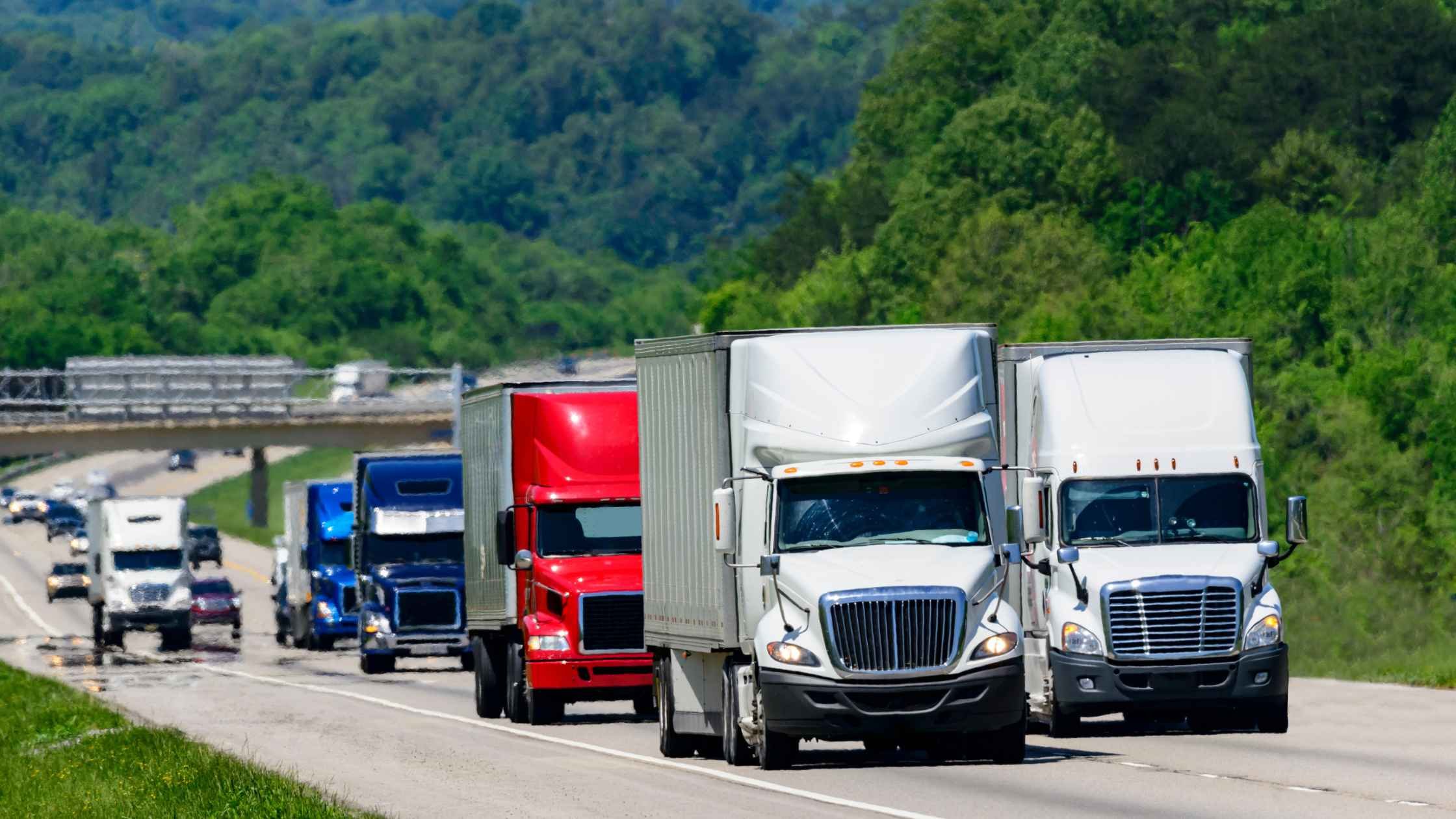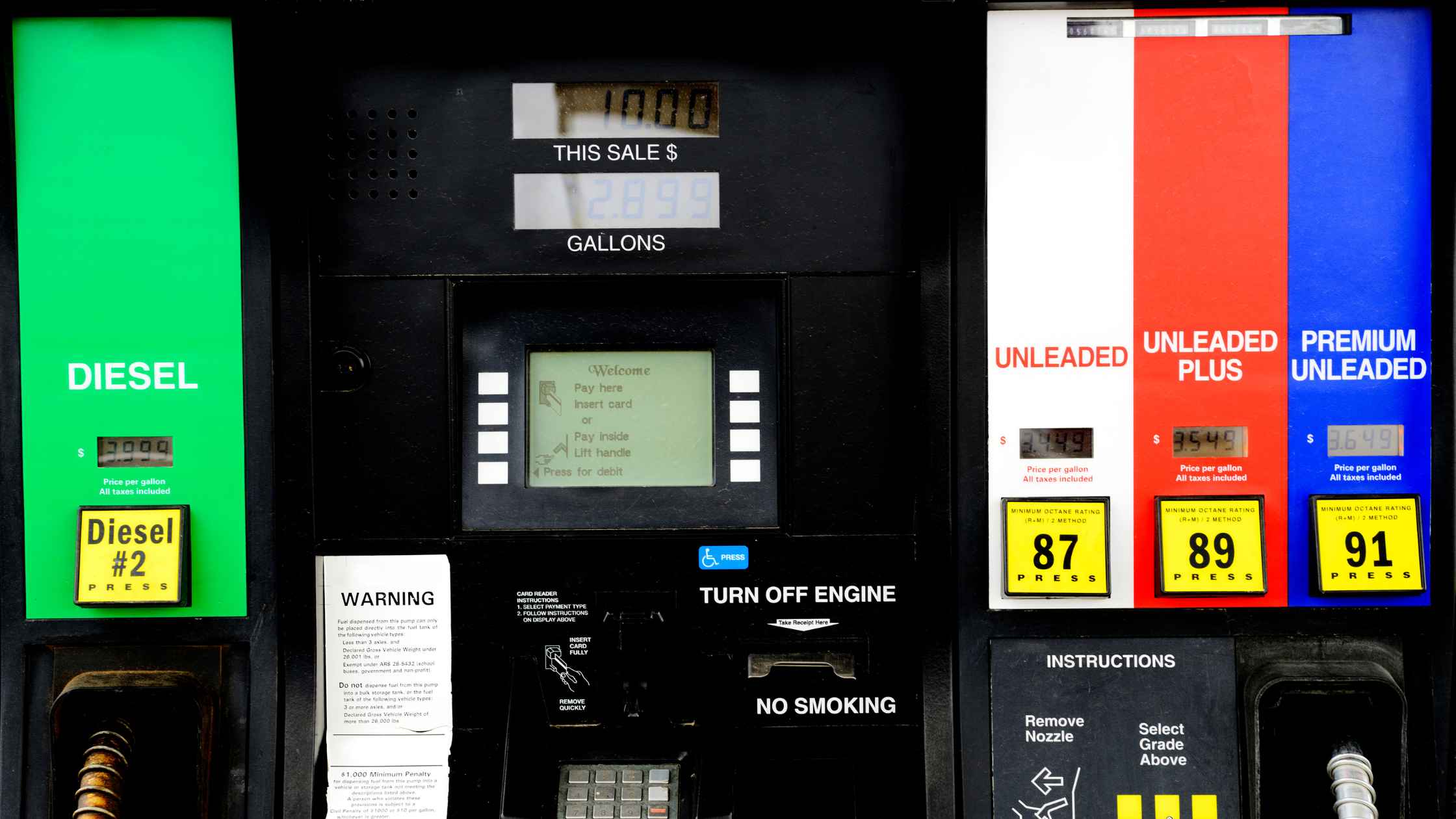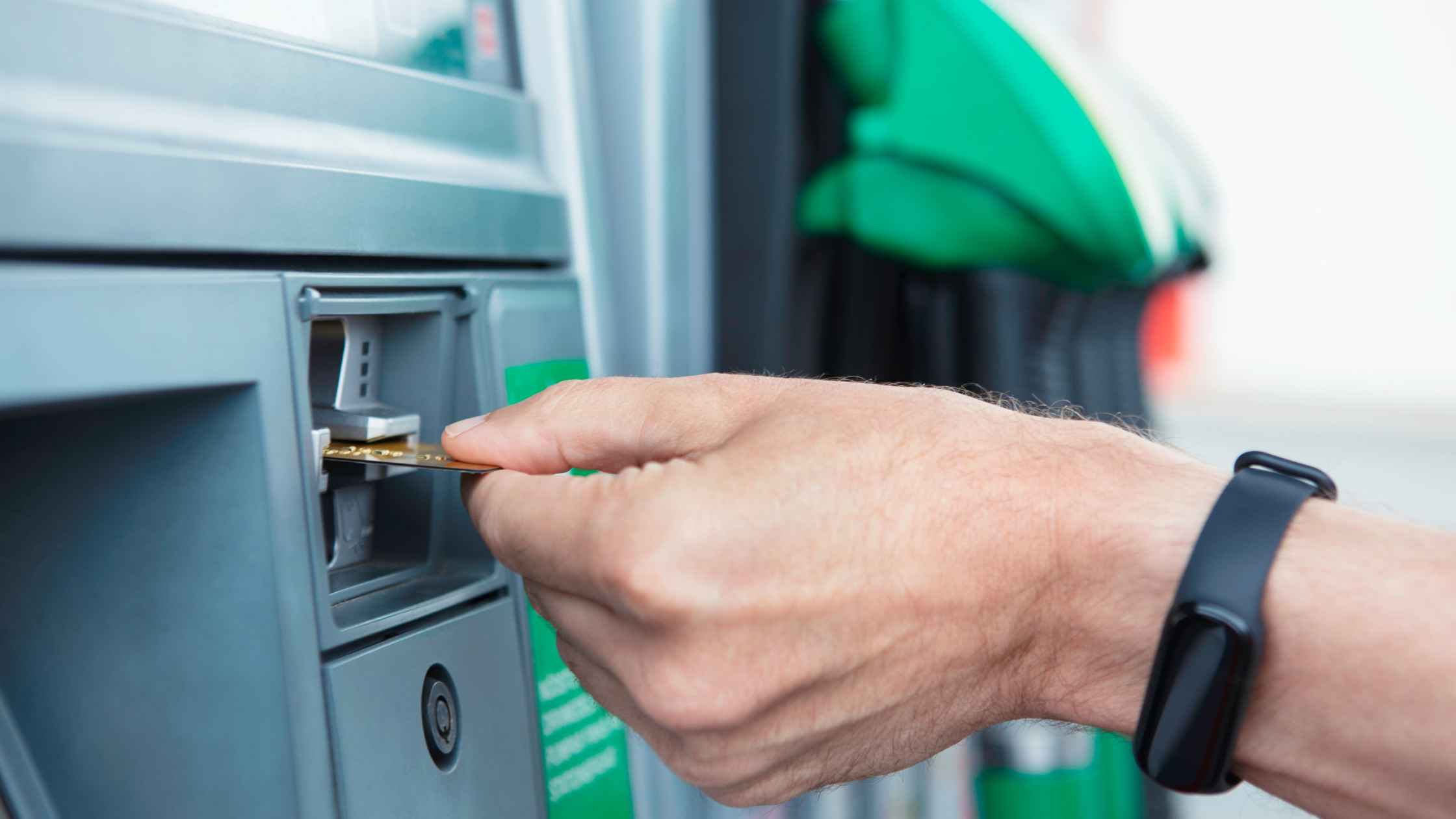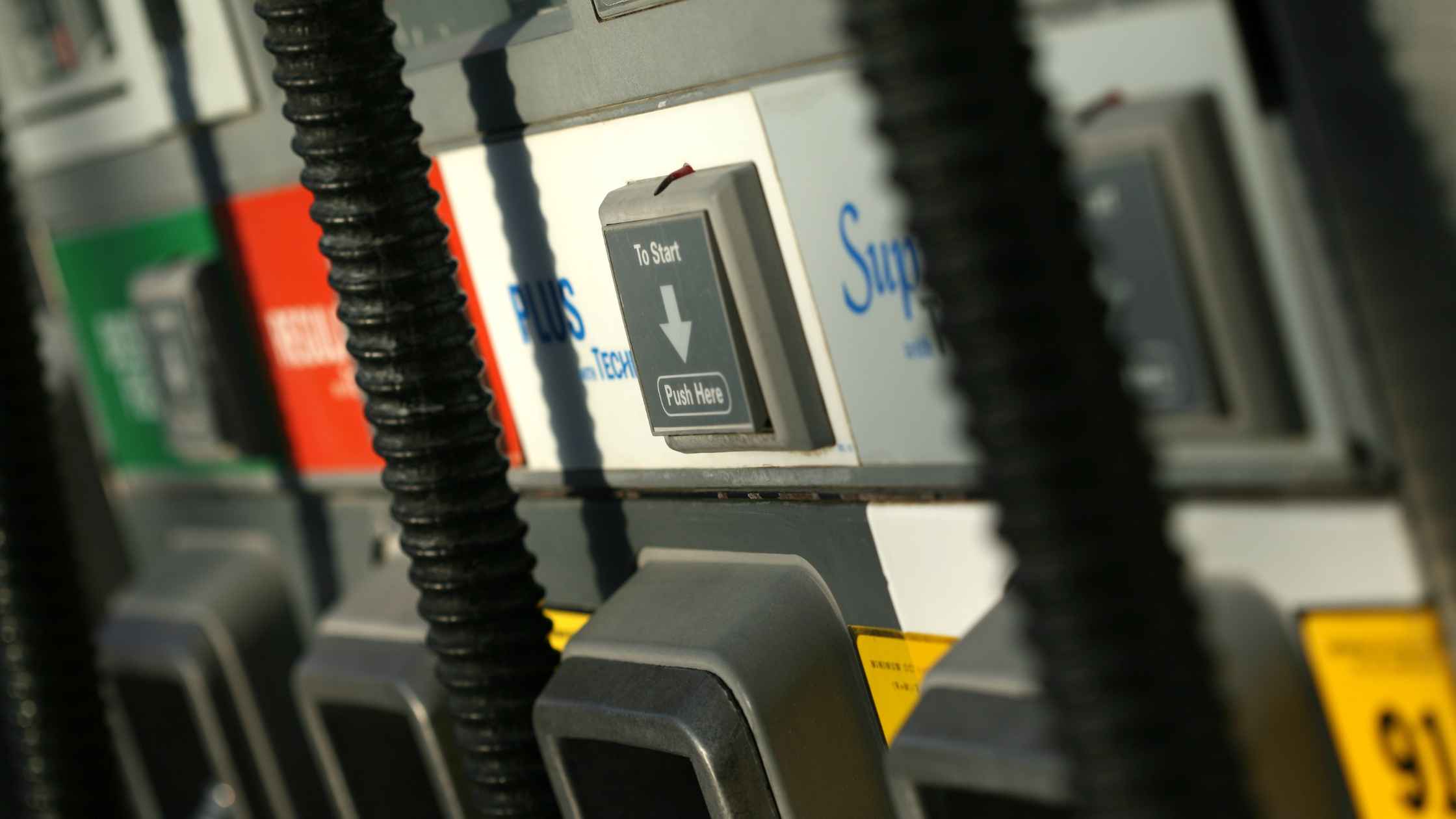
What is line haul transportation? It's an essential part of the transportation industry, particularly in the freight and logistics sectors. It refers to the movement of goods or cargo from one point to another, between cities or regions, oftentimes using fixed routes. The term "line haul" originated from the early days of the railroad industry, where the movement of freight between major cities or points along a railway line was referred to as the line haul. Today, it encompasses a variety of modes of transportation, including road, rail, air, and sea. The primary objective of line-haul trucking is to move goods or cargo quickly and efficiently between locations, often as part of a larger supply chain or logistics operation. Let's take a closer look at some key details to explain what is line haul transportation and line haul trucking.
How does it work?
One of the key features of this type of transportation is that it is typically performed by dedicated carriers or transportation companies that specialize in regional and long-distance freight movement. These carriers have the infrastructure, equipment, and expertise needed to move goods across distances, often across different states and sometimes even countries. They use a range of specialized vehicles and equipment, such as trucks, railcars, cargo planes, and container ships, to transport goods over land, sea, and air.
The process begins with the collection of the cargo from the shipper's location, which is typically a warehouse or distribution center. The cargo is then transported to the carrier's terminal, where it is consolidated with other shipments destined for the same location. The carrier then loads the cargo onto its transport vehicles, such as trucks or railcars, and begins the journey to the destination. The journey itself is typically divided into segments or legs, with each leg covering a specific distance or route. The carrier will transport the cargo along these routes, making stops at various points along the way to drop off and pick up shipments.
During the journey, the carrier must ensure that the cargo is protected and secured against damage or theft, while taking into account the size of the cargo and any specialized delivery needs. This involves using specialized packaging, such as crates or containers, as well as securing the cargo with straps or other tie-downs. In addition, the carrier must comply with various regulations and requirements related to the transportation of goods, such as weight limits, hazardous materials restrictions, and border crossings.
Once the cargo reaches its destination, it is unloaded at the carrier's terminal or at the recipient's location, such as a warehouse or distribution center. The recipient then takes possession of the cargo and completes the final leg of the supply chain, which typically involves distribution to retailers or end-users.
Overall, this mode of transportation plays a critical role in the movement of goods across long distances, connecting manufacturers, distributors, and retailers across the globe. It enables businesses to operate on a global scale, reaching customers and markets that would otherwise be inaccessible.
What is line haul trucking?
Line-haul trucking is a form of line haul transportation that specifically refers to the movement of goods by road. Line haul trucking companies operate a fleet of trucks that typically have a series of predetermined routes. These routes usually cover specific regions or states, with each route covering several hundred miles. The trucks may make stops at various points along the way to drop off and pick up shipments, but the goal is to minimize the number of stops to keep the goods moving efficiently. This is particularly important for industries that rely on just-in-time delivery, where goods need to be delivered quickly and on schedule to minimize disruptions to production or supply chain operations.
Advantages
Efficient transport of goods
Line haul transportation is particularly effective at moving goods over long distances, whether by road, rail, air, or sea. This makes it an ideal mode of transport for businesses that need to move goods across countries or even continents. It allows for quicker and more efficient transportation of goods compared to other forms of transportation that may be limited by distance, time or geography.
Access to global markets
Line haul logistics connects businesses to global markets, enabling them to reach customers and markets that would otherwise be inaccessible. This is particularly important for businesses that depend on exports, as this type of transportation allows them to access markets around the world, making it easier to expand their customer base and increase their revenue.
Cost-effectiveness
Line haul logistics is cost-effective due to its ability to consolidate shipments and utilize specialized equipment and infrastructure. By consolidating shipments, businesses can reduce transportation costs by taking advantage of economies of scale. Specialized equipment such as cargo planes, long-haul trucks, and container ships, also help reduce costs by increasing efficiency and reducing the risk of damage to customer cargo.
Ideal for large-scale businesses
Line haul trucking and transportation is ideal for businesses that operate on a large scale, such as manufacturers, retailers, and distributors. It allows these businesses to move large volumes of goods quickly and efficiently, helping to streamline their supply chain and reduce operational costs. This is particularly beneficial for businesses that operate across multiple locations or need to transport goods over long distances.
Facilitates trade and economic growth
Transportation that is structured in this way can facilitate trade and economic growth because of the movement of goods across borders and regions. This helps to strengthen international trade relations, promote economic development, and increase access to goods and services. Additionally, it creates job opportunities in the transportation and logistics sector, contributing to local and global economic growth.
Challenges
Despite the many advantages, line haul trucking and transportation also pose significant challenges, particularly in terms of logistics, coordination, and security. The transportation of goods across long distances involves multiple carriers, logistics providers, and regulatory authorities, each with their own requirements and procedures. This can create complex supply chains that require careful management and coordination to ensure that goods are delivered on time and in good condition.
Furthermore, line haul logistics is often subject to various risks and threats, such as theft, damage, and delays. The long distances involved, coupled with the use of multiple carriers and transportation modes, can make it difficult to track and monitor shipments in real-time. This makes it imperative for carriers and shippers to invest in robust tracking and monitoring systems, as well as risk management strategies, to mitigate these risks and ensure the safety and security of the cargo.
Conclusion
In conclusion, line haul transportation is a critical aspect of the transportation industry at large. Knowing what is line haul trucking and how it fits into a broader supply chain strategy is important for many businesses as they look to transport goods across distances quickly and efficiently. This process involves the use of specialized carriers, equipment, and infrastructure, as well as careful coordination and management of supply chains. While it presents significant challenges, such as logistics, coordination, and security, the benefits of this transportation mode are undeniable. It provides businesses with access to global markets, reduces transportation costs, and enables them to operate on a larger scale.





